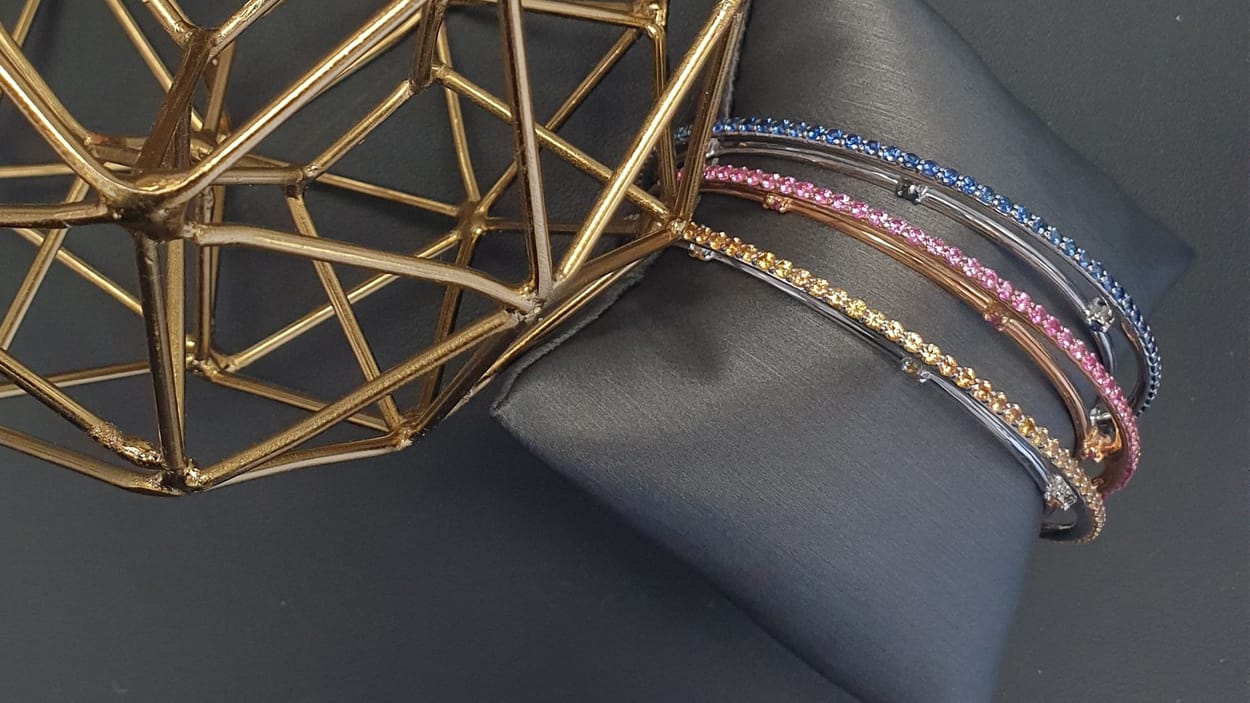

Custom Options


Custom Options
METAL OPTIONS
We are dedicated to creating high quality jewelry pieces that will last a lifetime. To uphold this commitment, we work with the finest precious metals, including gold, platinum, and sterling silver.
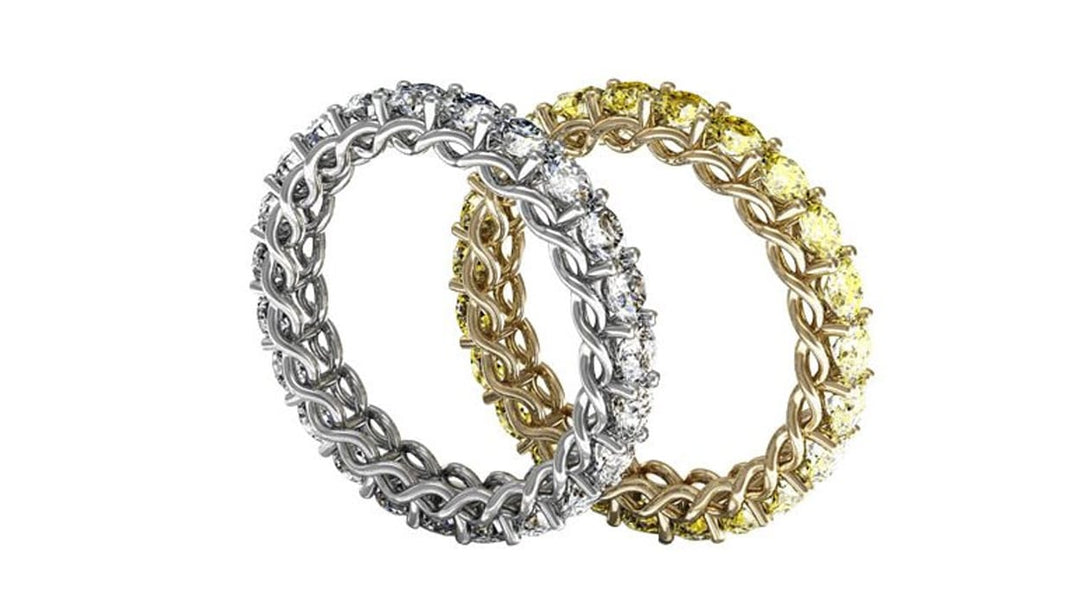
GOLD
We offer 14K and 18K gold in 4 different color varieties: yellow gold, rose gold, white gold, and white gold plated with black rhodium.

YELLOW GOLD

WHITE GOLD

ROSE GOLD
White Rhodium
White gold’s bright, silver-like color is enhanced through various alloys like nickel that are mixed to create an intense white sheen. An exterior plating of white rhodium is also given to improve white gold’s durability and color. To maintain your white gold jewelry’s full color, you will want to occasionally re-plate your piece as the white rhodium coating naturally wears away over time.
Black Rhodium
For customers who are interested in a black metal look for their jewelry, black rhodium plating on white gold will gives their jewelry a dark, rich color. Like white rhodium, this black rhodium will need to be re-plated periodically.
Gold Purity
Gold purity is measured in karats (which is different from carats, the standard gem weight measurement). We are pleased to offer 14K and 18K gold for our jewelry, which provide the best balance between strength, durability, and gold content.
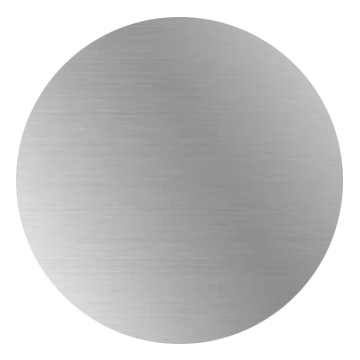
PLATINUM
Platinum is an inherently white precious metal. Unlike sterling silver, platinum’s white sheen does not fade, as platinum does not tarnish. Platinum also does not require white rhodium plating to impart a white color.
As your jewelry is worn, the platinum may gradually develop a natural patina. Some enjoy this unique effect, while others may prefer to professionally polish their jewelry from time to time to maintain its high-gloss look.
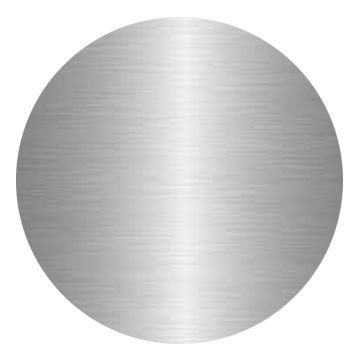
STERLING SILVER
Sterling silver is a delicate metal with a bright, gleaming color similar to white gold and platinum. Alloys present in sterling silver can cause it to tarnish over time, as the metal interacts with the environment. Regular, professional care will maintain your sterling silver’s shine.
Because sterling silver is soft, with a tendency to bend or lose its shape, we generally recommend the more durable 14K or 18K white gold for customers interested in a white metal look. We are still happy to offer sterling silver for our fully custom jewelry projects.
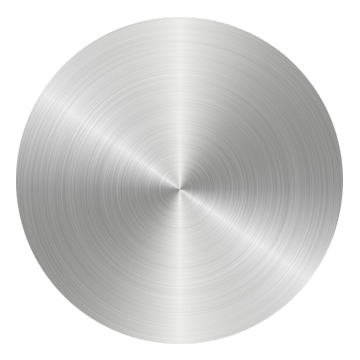
INDUSTRIAL METALS
As industrial strength metals such as titanium, tungsten, and others are unable to be shaped by hand, these metals are unavailable to us for our handcrafted, fully custom jewelry creations.
We are able to offer simple, flat bands in industrial metals. To add a custom touch to your industrial metal band, we can gladly engrave a simple design within your piece.
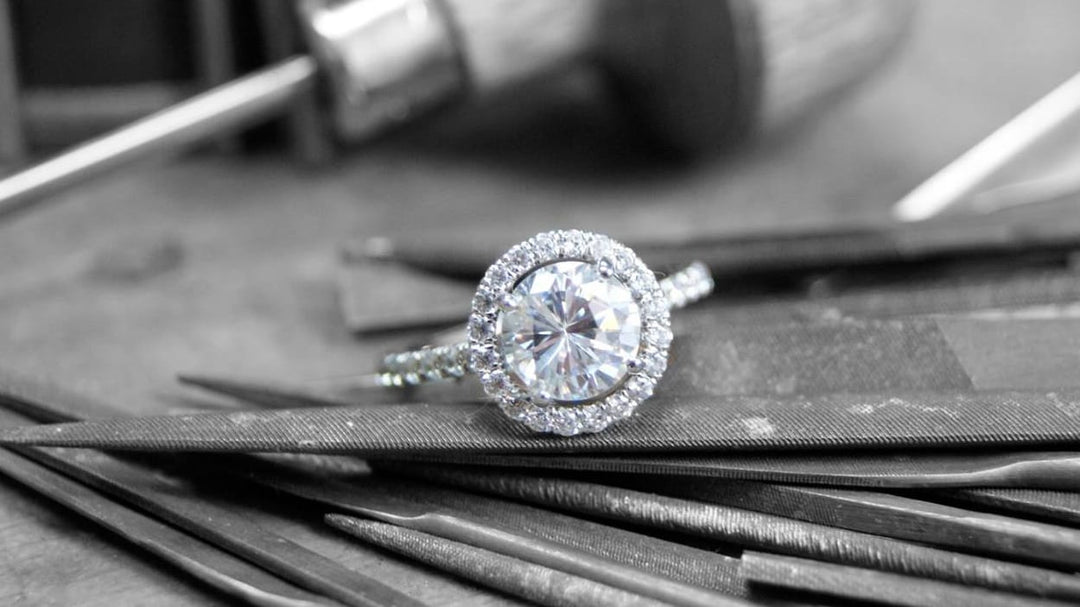
Diamond Options
With such a wide variety of diamonds on the market, it can be overwhelming for buyers to find the right stone. To ensure your diamond is as high quality, beautiful, and durable as can be, we work together with our trusted vendors to acquire a stunning diamond you’ll love to use in your jewelry creation.
Takayas is a certified gemologist, and he personally inspects every stone that our trusted network of vendors shows us before choosing the best diamond for your project.
We want you to be delighted with the diamond we procure for you. We will provide you with an official grading report from GIA (the Gemological Institute of America) or EGL (the European Gemological Laboratory) for 0.50 ct. natural diamonds and larger. All 1.0-carat and larger lab-grown diamonds are accompanied by official documentation from their lab of origin.
Your diamond’s grading report will include details of your diamond’s identifying characteristics, such as cut, color, clarity, carat weight, etc. This report will also contain a unique report number that has been specifically assigned to your individual stone.
Diamonds that are 0.25 ct. and smaller are not typically sold with a physical grading report. We can acquire grading reports for these stones upon request.
We also work with a variety of colored diamonds. Popular diamond color options include pink, yellow, blue, champagne, and black.



